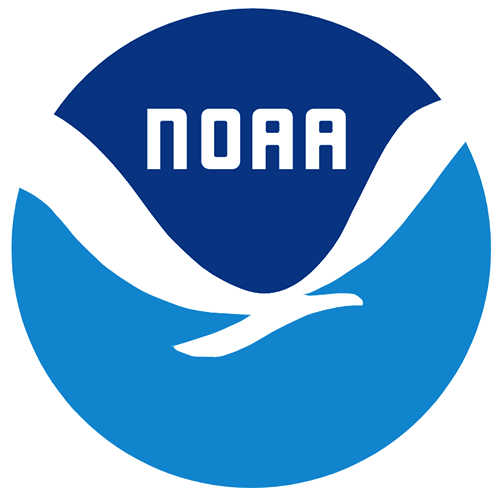2008 FEMA Bare Earth Lidar: West Creek, Schoharie County (NY)
Welcome Guest ( Sign In )
NOAA
 Terrain data, as defined in FEMA Guidelines and Specifications, Appendix N: Data Capture Standards, describes the digital topographic data that was used to create the elevation data representing the terrain environment of a watershed and/or floodplain. Terrain data requirements allow for flexibility in the types of information provided as sources used to produce final terrain deliverables. Once this type of data is provided, FEMA will be able to account for the origins of the flood study elevation data.
(Source: FEMA Guidelines and Specifications, Appendix N, Section N.1.2).
Reflective surface data represents the DEM created by laser energy reflected from the first
surface encountered by the laser pulse. Some energy may continue beyond this initial surface to be reflected by a subsequent surface as represented by the Last Return data. Intensity information is captured from the Reflective Surface pulse and indicates the relative energy returned to the sensor as compared to the energy transmitted. The Intensity image is not calibrated or normalized but indicates differences in energy absorption due to the interaction of the surface materials with laser energy at the wavelength transmitted by the sensor.
This data set is an LAZ (compressed LAS) format file containing LIDAR point cloud data.
Terrain data, as defined in FEMA Guidelines and Specifications, Appendix N: Data Capture Standards, describes the digital topographic data that was used to create the elevation data representing the terrain environment of a watershed and/or floodplain. Terrain data requirements allow for flexibility in the types of information provided as sources used to produce final terrain deliverables. Once this type of data is provided, FEMA will be able to account for the origins of the flood study elevation data.
(Source: FEMA Guidelines and Specifications, Appendix N, Section N.1.2).
Reflective surface data represents the DEM created by laser energy reflected from the first
surface encountered by the laser pulse. Some energy may continue beyond this initial surface to be reflected by a subsequent surface as represented by the Last Return data. Intensity information is captured from the Reflective Surface pulse and indicates the relative energy returned to the sensor as compared to the energy transmitted. The Intensity image is not calibrated or normalized but indicates differences in energy absorption due to the interaction of the surface materials with laser energy at the wavelength transmitted by the sensor.
This data set is an LAZ (compressed LAS) format file containing LIDAR point cloud data.
